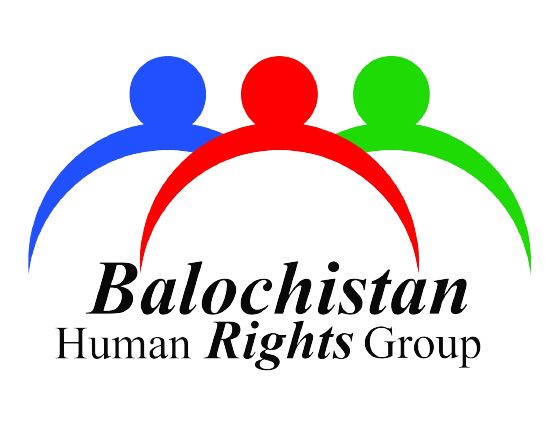Sistan and Balochistan province, one of the most underdeveloped regions in Iran, suffers from severe transportation infrastructure problems. Unsafe roads, lack of investment in highway projects, and discriminatory policies have turned this province into one of the deadliest regions for road travel in the country. This report examines the dire state of Balochistan’s roads, the root causes of the issue, and the consequences of systemic discrimination against the Baloch people.
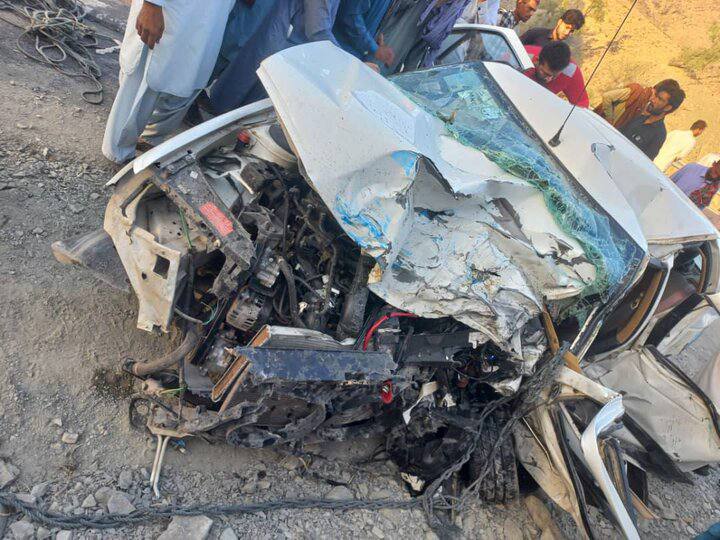
The Deadly Roads of Balochistan
According to official reports, Sistan and Balochistan ranks second in Iran for the highest number of road fatalities. Many of the province’s highways remain two-way roads with no proper lane markings, inadequate lighting, and a lack of essential warning signs. Meanwhile, other provinces—even those with smaller populations—receive significantly more funding for highway and freeway development.
Shocking Statistics
– Over 525 people lost their lives in road accidents in the province last year.
– Thousands suffer from permanent disabilities due to traffic accidents each year.
– The rate of fatalities in Balochistan’s road accidents is twice the national average.
One of the main reasons behind this crisis is the lack of sufficient government investment in improving road infrastructure. Successive Iranian administrations have consistently neglected the development of this region, leaving many of Balochistan’s roads in dangerous and life-threatening conditions.
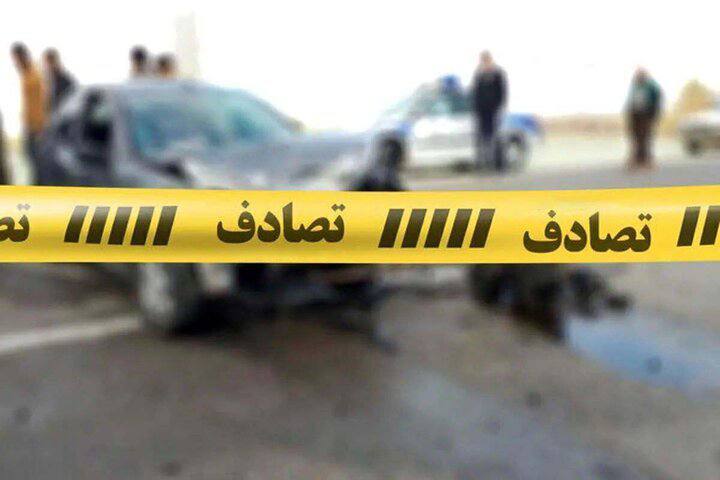
Systemic Discrimination and Neglect in Balochistan’s Development
The Baloch people, as one of Iran’s ethnic minorities, have long faced widespread deprivation in various sectors, including education, healthcare, and infrastructure. The Iranian government has systematically excluded Balochistan from major development projects, leading to worsening socio-economic conditions.
1. Unequal Allocation of Development Funds
A comparison of provincial development budgets reveals a stark disparity:
– While billions of tomans are allocated for constructing new highways in central and northern Iran, Balochistan still relies on outdated and unsafe two-way roads.
– Infrastructure projects in this province suffer from years of delays, whereas similar projects in other regions are completed much faster.
2. Use of Non-Local Contractors and Lack of Accountability
Another key issue contributing to the poor quality of road construction in Balochistan is the use of non-local contractors. These companies:
– Often lack knowledge of local conditions and challenges, leading to poorly planned projects.
– Have no long-term commitment to the region, resulting in substandard road construction that deteriorates rapidly.
– Fail to incorporate local workforce participation, depriving Baloch workers of employment opportunities.
3. Security Focus Over Infrastructure Development
Instead of investing in infrastructure and economic growth, the Iranian government has prioritized military and security measures in Balochistan. The increased militarization of the province has diverted resources that could have been used for road safety and development. This policy has deepened economic hardship and intensified local resentment against the government.
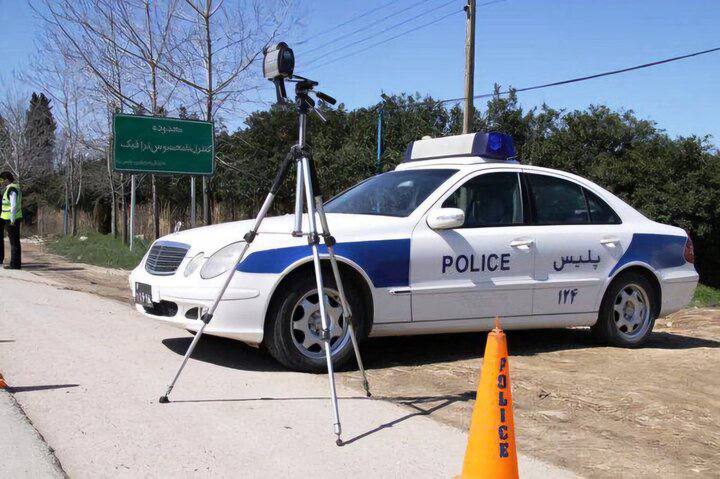
Human and Social Consequences of Discriminatory Road Policies
Rising Death Toll from Traffic Accidents
The lack of safe roads has made transportation one of the most hazardous activities in the province. Many local drivers, particularly fuel carriers (soukhtbars), risk their lives daily on unsafe roads. Additionally, the lack of emergency response services and well-equipped hospitals has led to a higher fatality rate in accidents compared to other provinces.
Poverty and Forced Migration
The poor state of road infrastructure has severely hindered economic development in Balochistan, forcing many residents to migrate to other cities in search of work.
Moreover, many villages are isolated due to the lack of proper roads, depriving residents of access to essential services such as healthcare and education.
Growing Public Dissatisfaction and Protests
The Iranian government’s discriminatory approach to Balochistan’s development has fueled public frustration and protests. In recent years, there has been a growing movement demanding fair allocation of resources and improved infrastructure. However, the government’s response has largely been repressive rather than constructive.
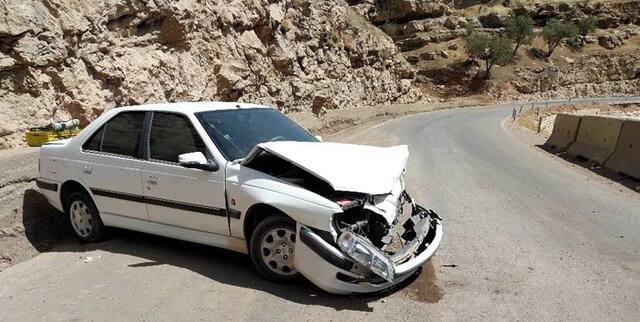
Conclusion
The dire state of Balochistan’s roads is not merely an infrastructure issue—it is a reflection of systemic discrimination against the Baloch people. The lack of development funding and neglect of critical transportation projects have put thousands of lives at risk. Until the government changes its approach and prioritizes equal development opportunities for all regions, Balochistan will continue to suffer from high road fatalities, economic stagnation, and forced migration.
This is not just a report—it is a warning. The people of Balochistan are in danger, and continued negligence will have severe and irreversible consequences.
